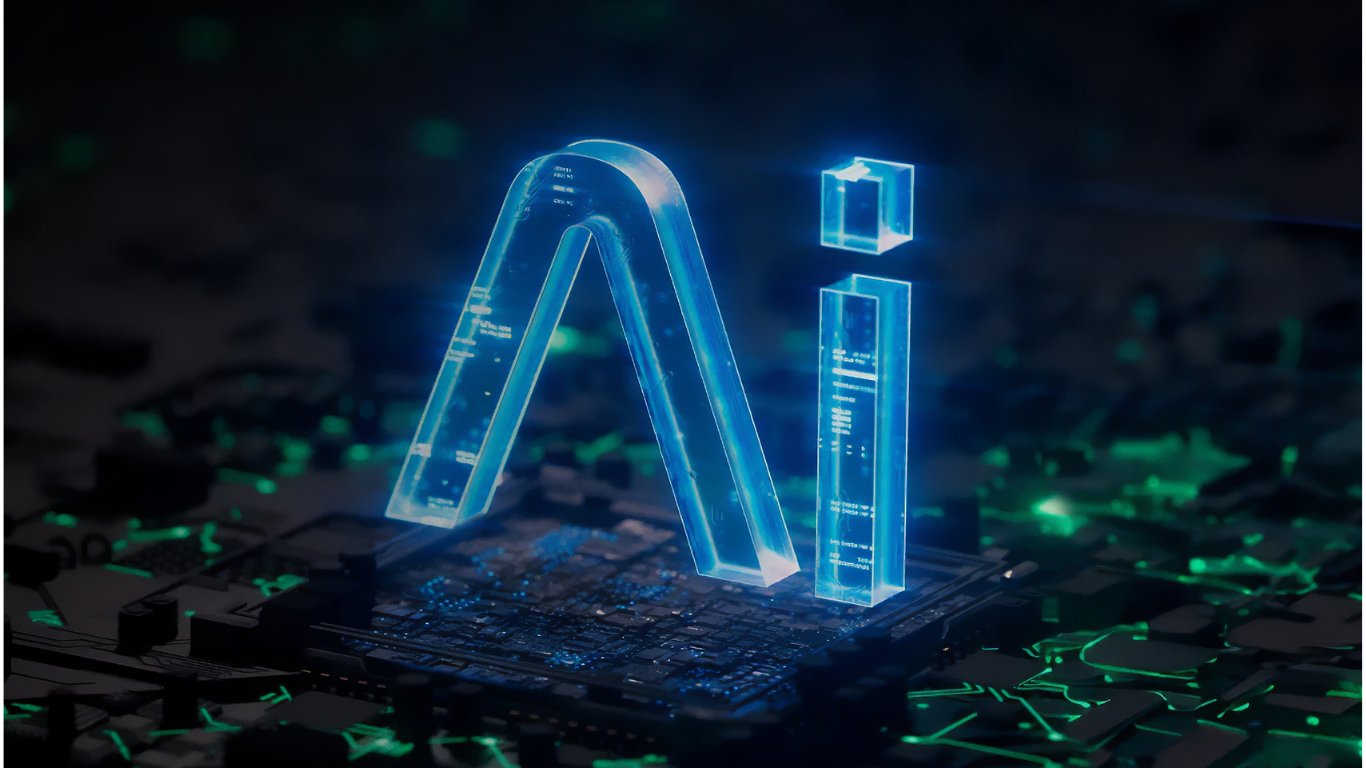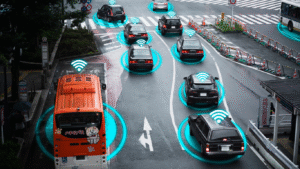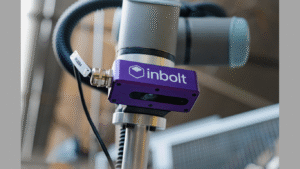Computer vision has become one of the most transformative fields in modern technology, giving machines the ability to interpret and respond to visual information. At the core of this innovation are computer vision libraries – powerful collections of tools that enable developers to create systems capable of analyzing images, videos, and visual patterns.
What Are Computer Vision Libraries?
A computer vision library can be thought of as a specialized toolkit. Inside it are pre-built components for tasks such as image filtering, shape detection, motion analysis, and pattern recognition. Instead of designing every algorithm from scratch, developers can use these ready-made functions to build solutions faster and with greater accuracy.
This approach not only saves time but also improves quality and consistency. Developers can focus on applying the technology to real-world challenges while relying on these libraries for reliable mathematical and algorithmic foundations.
Many computer vision libraries are also integrated with artificial intelligence and machine learning platforms. By combining visual processing with AI learning models, these systems improve their accuracy over time and adapt to changing environments such as varying light conditions, moving objects, or complex backgrounds.
Real-World Applications of Computer Vision Libraries
The applications of computer vision libraries span nearly every industry. From healthcare to agriculture, they play a vital role in improving accuracy, efficiency, and insight.
Healthcare
In healthcare, computer vision libraries are used to analyze medical images, assist in diagnosis, and monitor patients. They help detect abnormalities in scans, plan surgeries, and reduce human error. By highlighting areas of concern, these systems support medical professionals and add an extra layer of precision to care.
Transportation
Transportation systems are becoming smarter and safer thanks to vision-based technologies. Vehicles can now detect pedestrians, recognize traffic signs, and respond to obstacles automatically. Traffic control centers use cameras powered by computer vision to monitor congestion, detect accidents, and optimize the flow of vehicles in real time.
Security and Safety
Security systems benefit greatly from automated image analysis. Computer vision software can monitor surveillance feeds continuously, identify suspicious behavior, and detect unauthorized access. In emergency situations, these systems can help security teams respond faster and more effectively, improving both safety and situational awareness.
Retail and Commerce
Retailers use computer vision to understand customer behavior and improve shopping experiences. In stores, shelves can be monitored automatically to track stock levels and identify empty spaces. Online, customers can search for products using images instead of text, making the shopping process more intuitive and user-friendly.
Agriculture
In agriculture, farmers rely on computer vision to analyze aerial and ground images that reveal crop health, soil conditions, and signs of disease. These insights help them make informed decisions about irrigation, fertilization, and harvesting. As a result, farms become more efficient, sustainable, and resilient to environmental changes.
Manufacturing and Industry
Industrial manufacturers use computer vision libraries to inspect products for defects and ensure quality control. These systems can identify imperfections at high speed and with remarkable accuracy, reducing waste and maintaining consistency across production lines. Automated inspections are now standard in industries such as electronics, automotive, and food processing.
Education and Research
In education, computer vision powers interactive learning tools that help students engage with materials in new ways. Researchers also use these libraries to explore topics such as visual recognition, human-computer interaction, and artificial intelligence. They serve as essential tools for both practical applications and academic discovery.
The Bigger Picture
Computer vision libraries are more than just lines of code – they represent the bridge between human creativity and machine intelligence. By giving developers accessible building blocks, they transform ambitious ideas into working systems that enhance industries, improve safety, and enrich everyday life.
As computing power continues to grow and machine learning becomes more advanced, these libraries will evolve to handle even more complex visual challenges. The future will bring systems that not only recognize images but also understand context, interpret subtle details, and assist humans in more meaningful ways.
Conclusion
Computer vision libraries form the foundation of modern visual intelligence. They allow machines to process, analyze, and interpret the visual world with ever-increasing accuracy. Their applications now span healthcare, transportation, security, retail, manufacturing, education, and beyond.
With every improvement in these tools, industries become more efficient, daily life becomes safer, and the potential for innovation expands. The evolution of computer vision libraries is paving the way for a world where technology truly sees, understands, and helps us make better decisions.
Article received via email






























